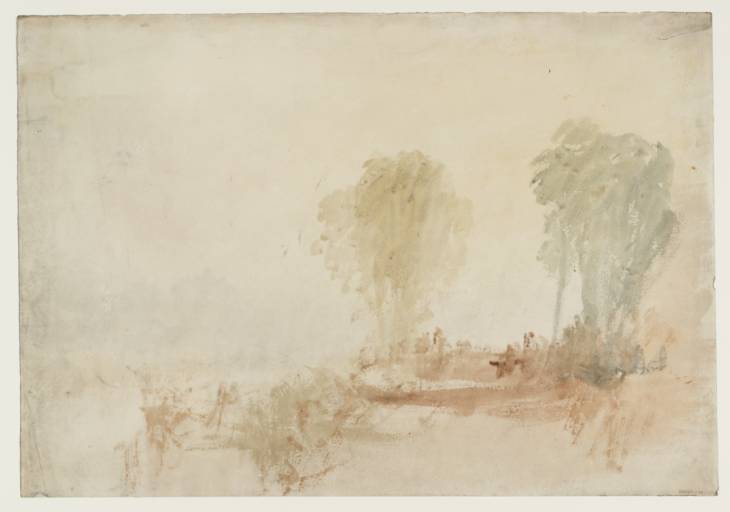Exhibition history
References
How to cite
Matthew Imms, ‘Palace of La Belle Gabrielle c.1829–32 by Joseph Mallord William Turner’, catalogue entry, March 2017, in David Blayney Brown (ed.), J.M.W. Turner: Sketchbooks, Drawings and Watercolours, Tate Research Publication, July 2017, https://www

